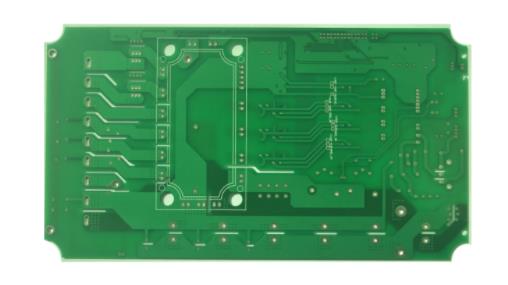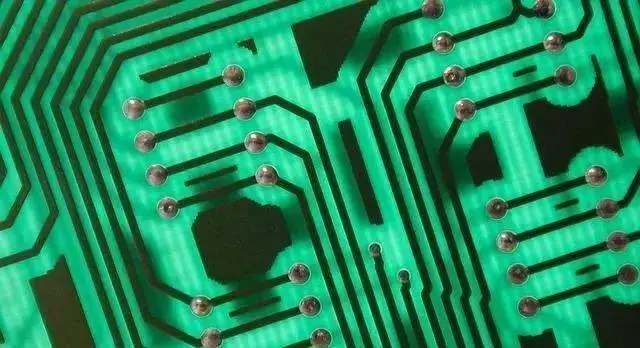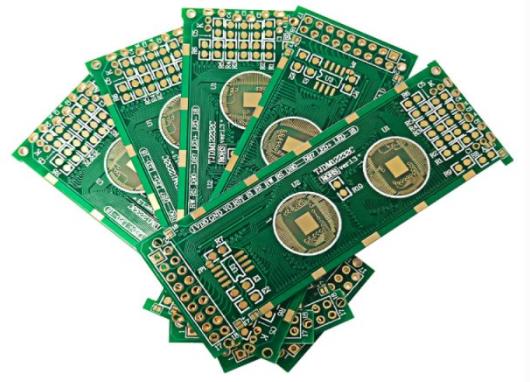
PCB impedance matching design technical requirements and methods
PCB manufacturers, PCB designers and PCBA manufacturers explain the technical requirements and methods of PCB impedance matching design
Impedance matching and reducing transmission line loss are important indicators of high-speed printed circuit board (PCB). As an important part of PCB, solder mask layer has a great impact on the impedance and loss of external transmission lines. For the design and manufacture of high-speed PCB, it is important to understand the influence of solder mask on impedance and loss and how to reduce the influence of solder mask on PCB electrical properties. This paper compares and analyzes the changes of PCB electrical properties before and after the non solder mask layer and the solder mask ink are covered, and focuses on the impact of conventional solder mask ink on the impedance and loss of the external transmission line, which can provide reference data for high-speed PCB design and impedance matching design. The dielectric constant of our soldering ink is generally 4.0, and the loss factor is 0.02-0.04.
1. Preface
With the development of science and technology, electronic products continue to develop in the direction of high-density, multi-functional, high-frequency and high-speed signal transmission. At present, the signal transmission frequency of the backbone network has reached 100Gbit/s, and the corresponding single channel transmission rate has also reached 10Gbit/s or even 25Gbit/s, and the high-speed signal transmission has maintained a rapid development trend. The high-speed development of signal transmission makes the signal integrity problems such as reflection and crosstalk more likely to occur in the signal transmission process. The faster the transmission rate is, the greater the signal loss will be. How to reduce the signal loss in the transmission process and ensure the signal integrity is a huge challenge in the development of high-speed PCB.

2. Main types and influencing factors of impedance
The definition of impedance (Zo): the total resistance caused by the AC current flowing through it at a known frequency is called impedance (Zo). For printed circuit boards, it refers to the total impedance of a signal layer to its closest reference plane under high-frequency signals.
2.1 Impedance type:
(1) characteristic impedance In computer, wireless communication and other electronic information products, the energy transmitted in the circuit of PCB is a square wave signal (called pulse) composed of voltage and time, and the resistance it encounters is called characteristic impedance.
(2) The differential impedance drive end inputs two identical signal waveforms with opposite polarity, which are respectively transmitted by two differential lines, and the two differential signals are subtracted at the receiving end. The differential impedance is the impedance Zdiff between two lines.
(3) Odd mode impedance The impedance Zoo of one line to ground in two lines is the same.
(4) The impedance Zcom when two lines are connected by two identical signal waveforms with the same input polarity at the even mode impedance drive end.
(5) Common mode impedance The impedance Zoe of the one line to the ground in the two lines is the same, usually greater than the odd mode impedance.
Among them, characteristic and differential are common impedance, common mode and odd mode are rare.
2.2 Factors affecting impedance:
W - impedance decreases with line width/line width increase, and impedance increases with distance increase;
H - impedance increases with the increase of insulation thickness;
T -- impedance decreases with the increase of copper thickness;
H1 - impedance decreases with the increase of green oil thickness;
Er -- the dielectric constant reference layer DK value increases, and the impedance decreases;
Undercut - The impedance increases with the increase of - W1-W undercut.
3. Impedance calculation automation
Today, the most commonly used impedance calculation tool in the industry is Si8000 Field Solver provided by Polar. Si8000 is a new boundary element method field effect calculation software, which is built on the user interface of the early Polar impedance design system that we are familiar with. This software includes various impedance modules. By selecting specific modules and inputting relevant data such as line width, line spacing, dielectric layer thickness, copper thickness, Er value, etc., personnel can calculate the impedance results. The number of impedance control of a PCB varies from 4 to 5 groups to dozens of groups. Each group has different control line width, dielectric thickness, copper thickness, etc. If you check the data one by one, and then manually input relevant parameters for calculation, it is time-consuming and prone to errors. PCB manufacturers, PCB designers and PCBA manufacturers will explain the technical requirements and methods of PCB impedance matching design.






